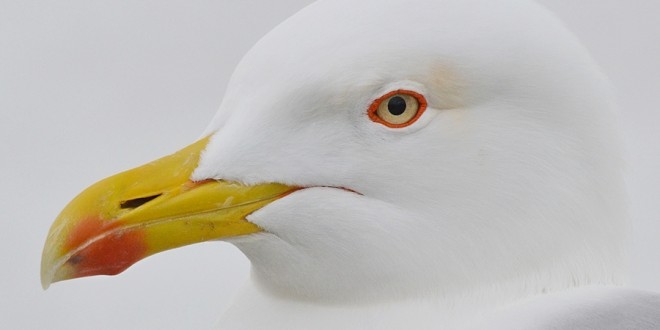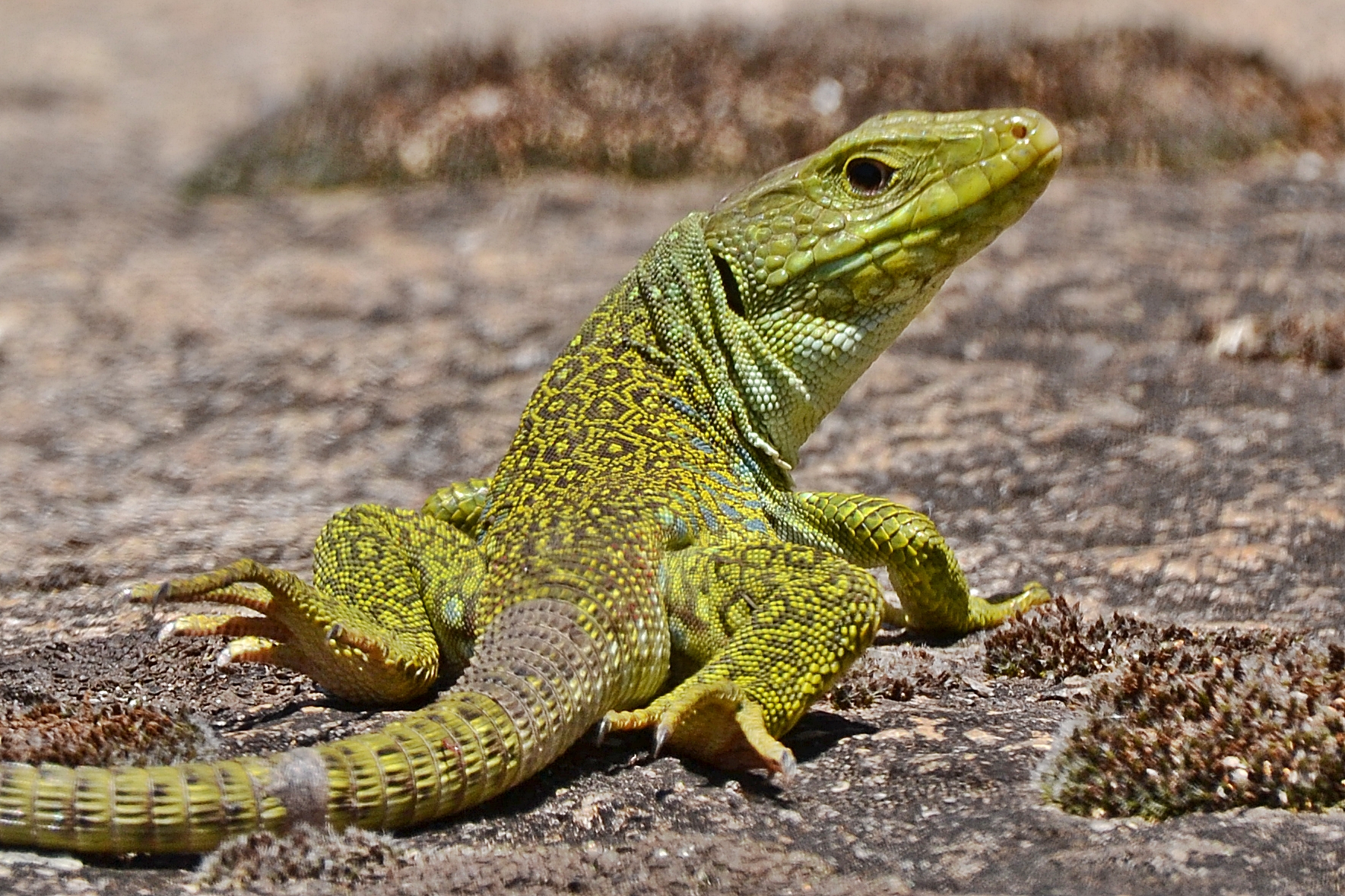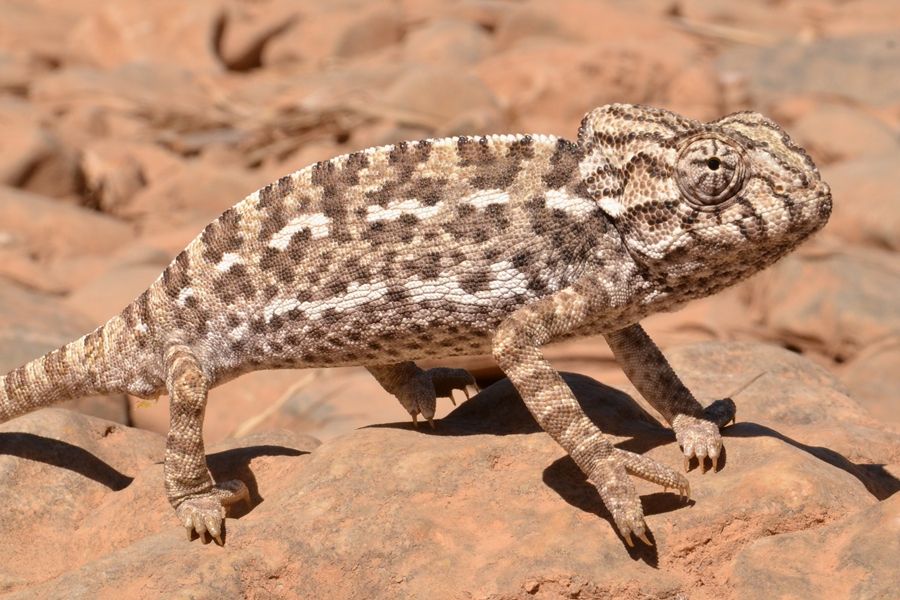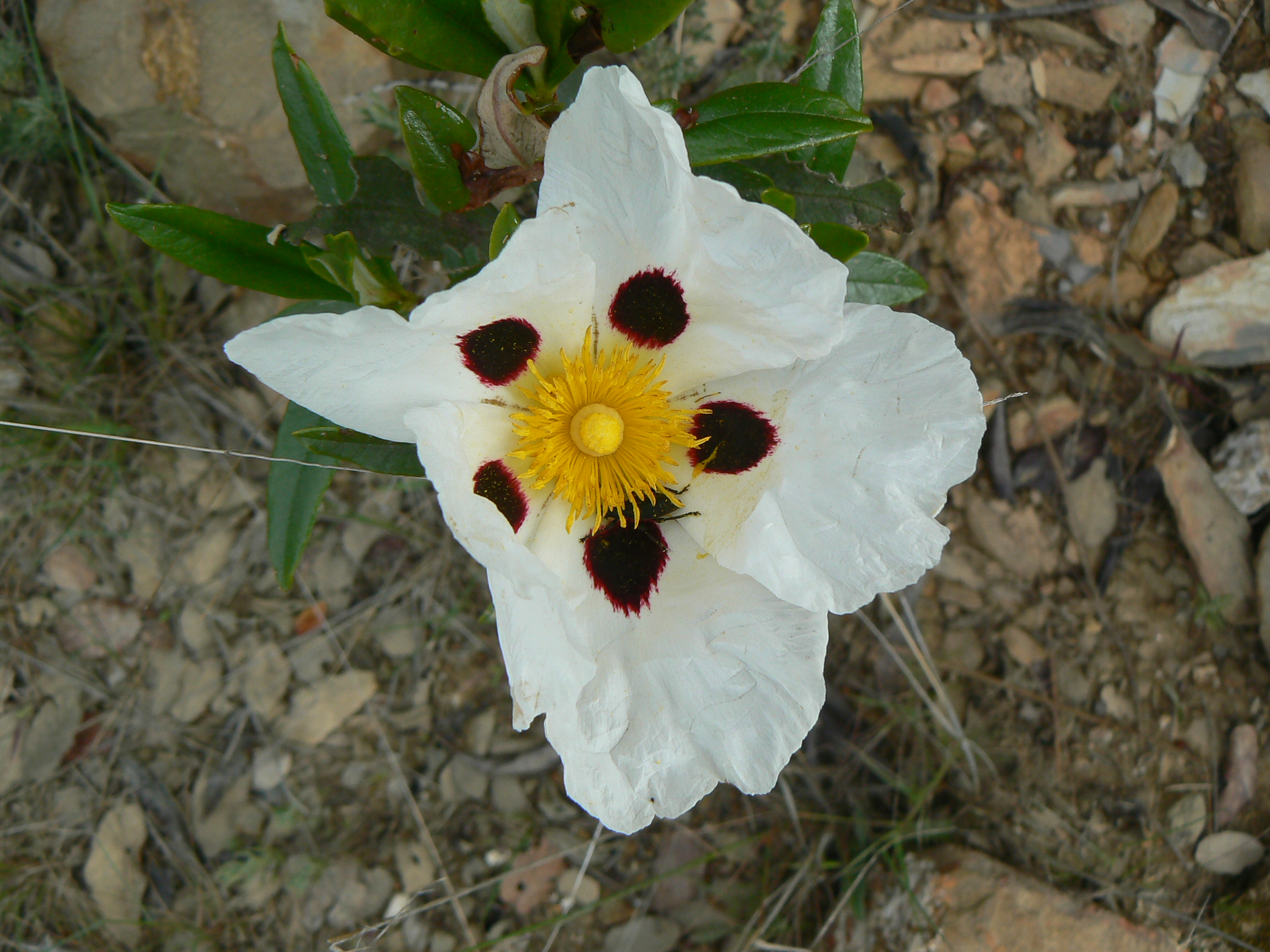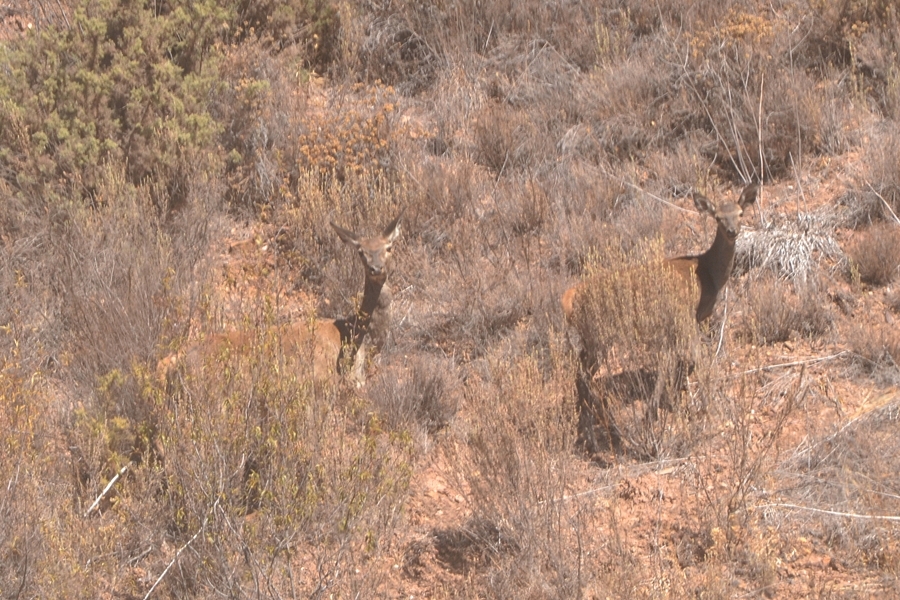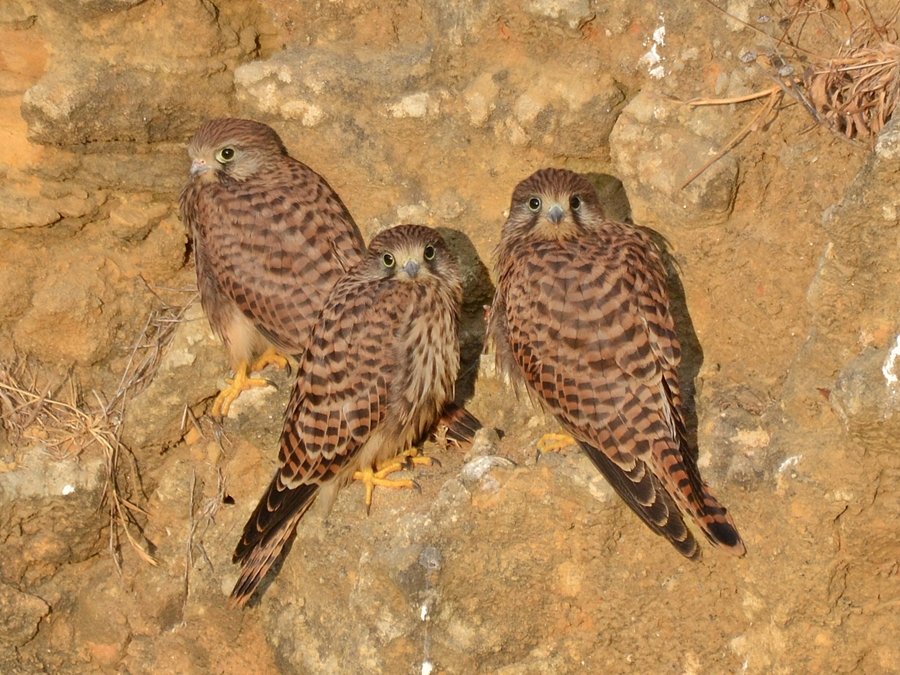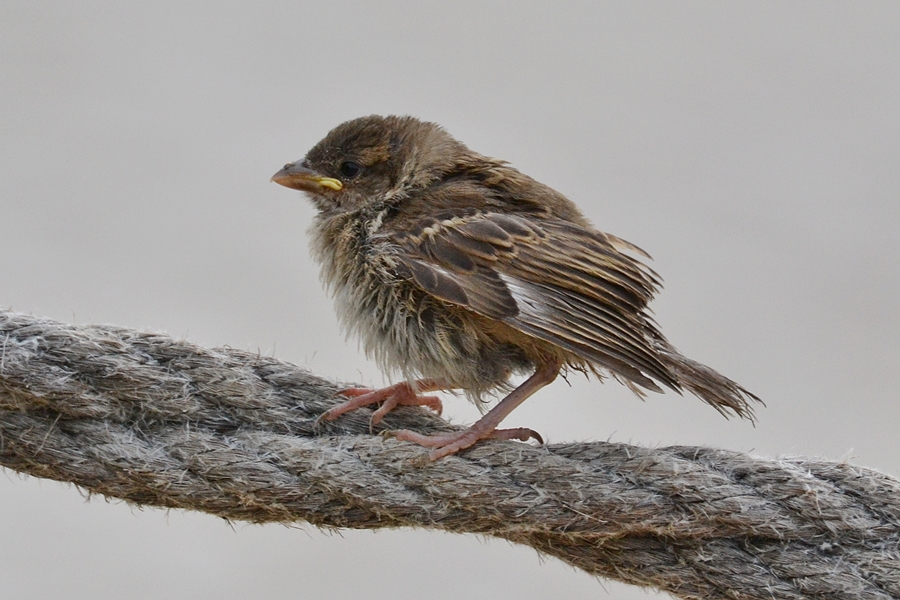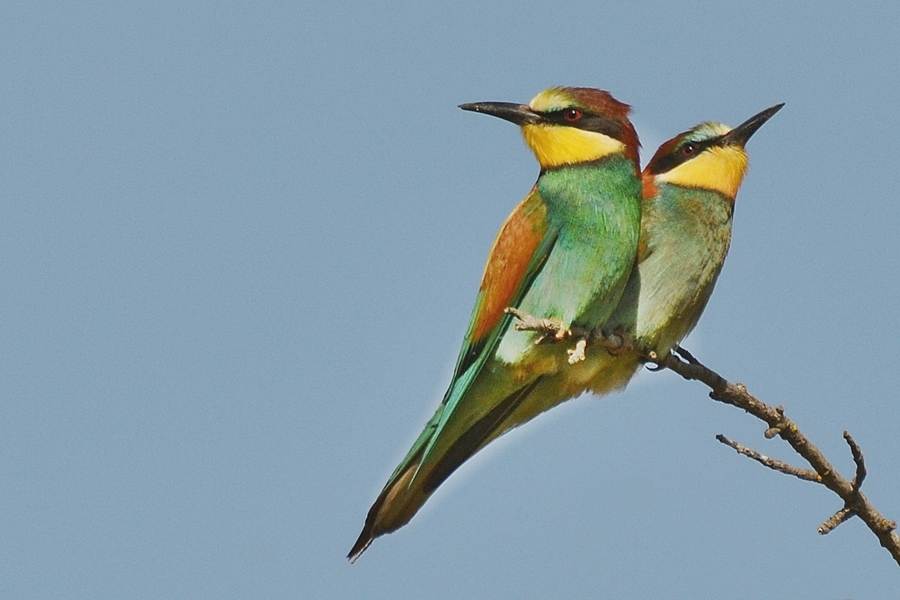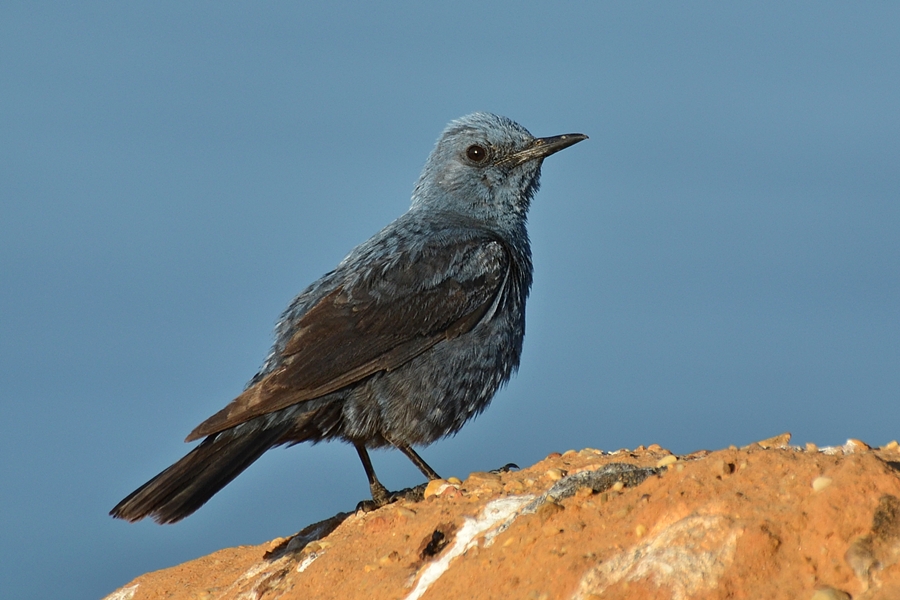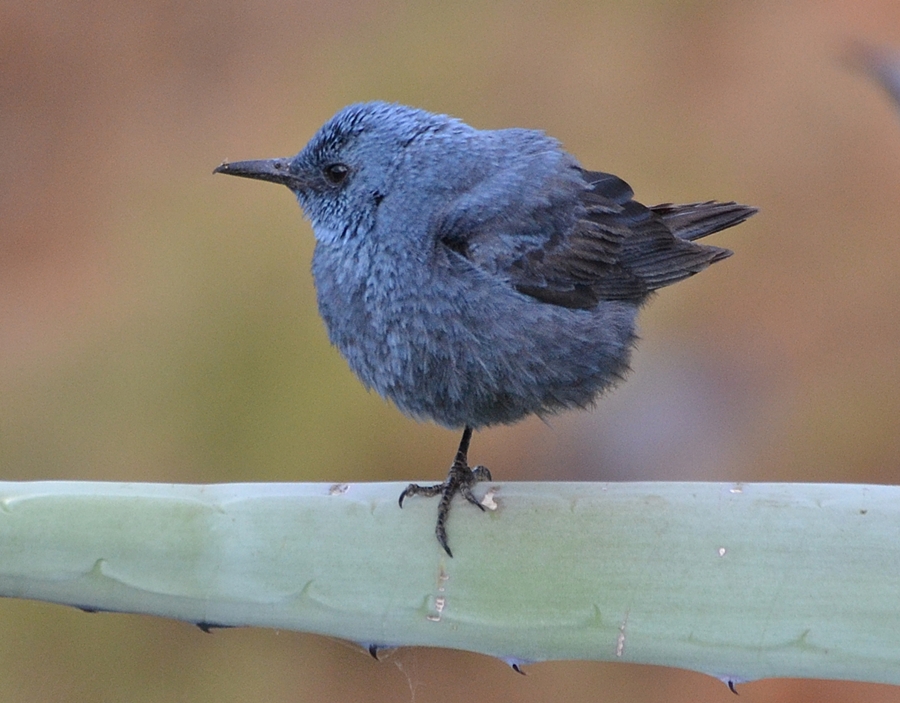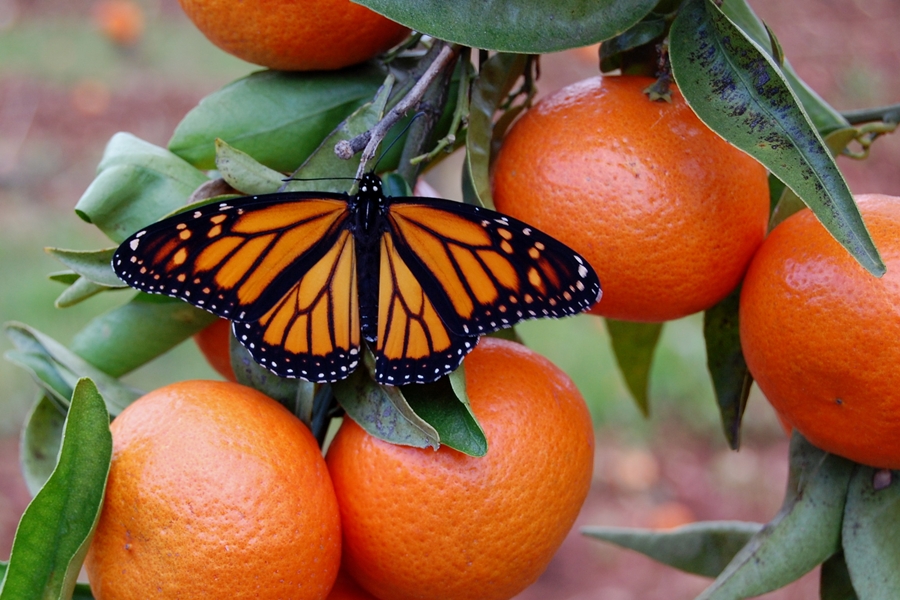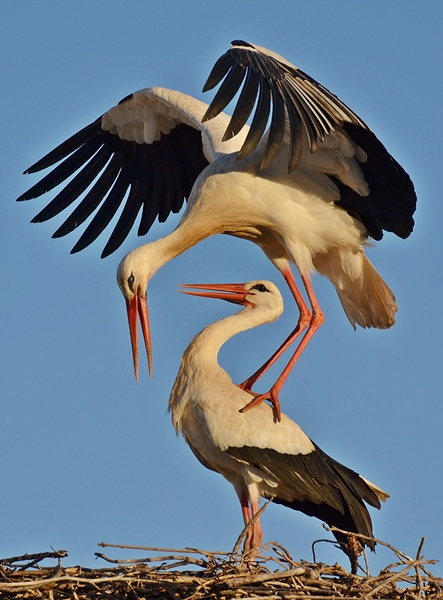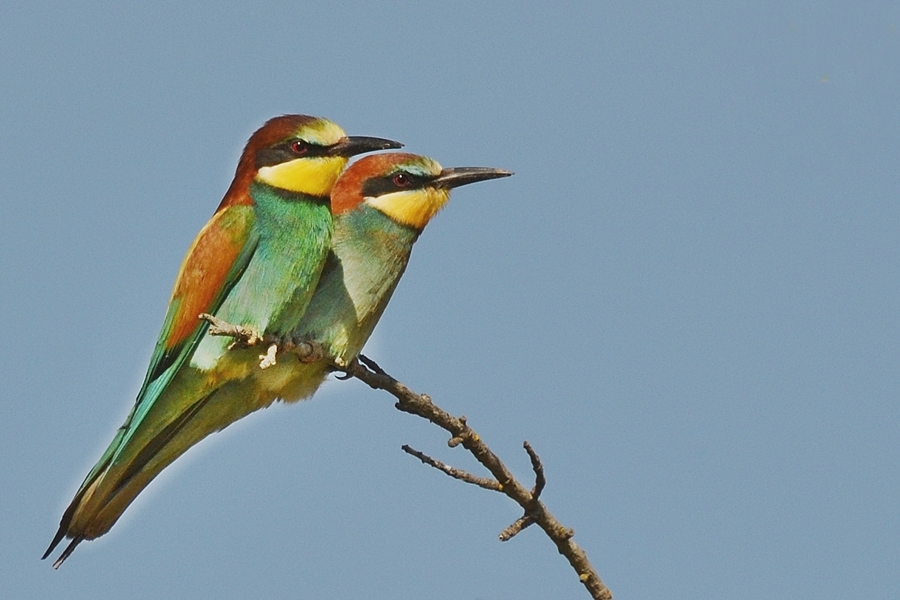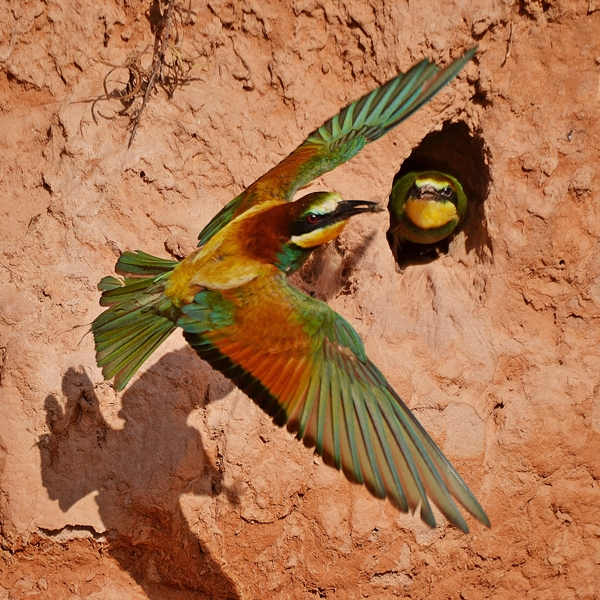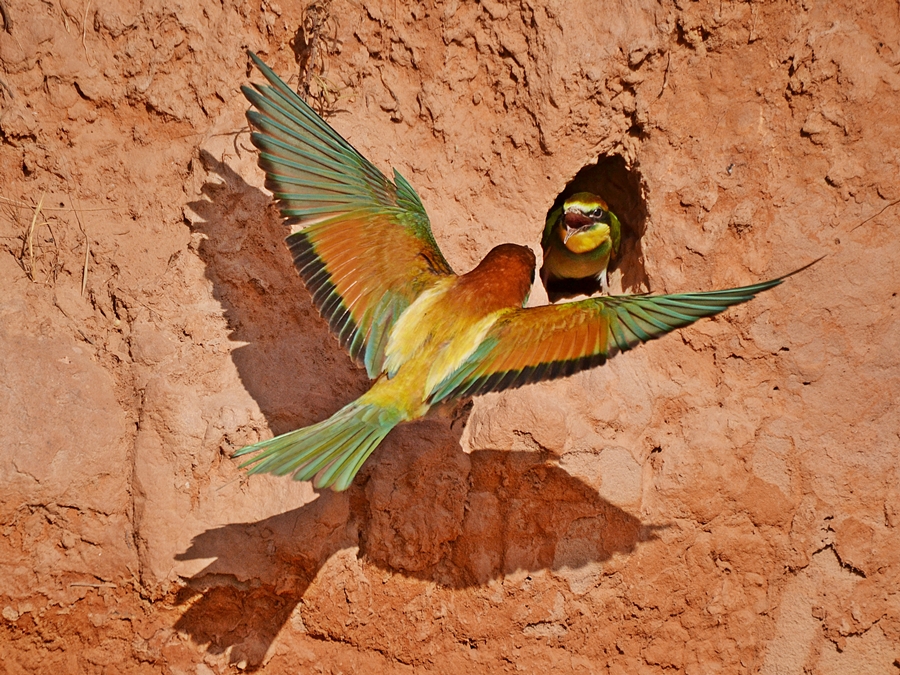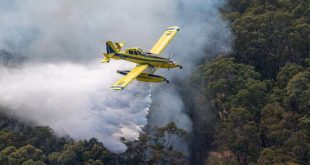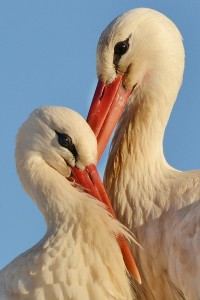
Monchique. Henk Hin has always loved being part of nature. At least, that’s where he feels at home. Since he decided to settle in Portugal, he has been passionate about taking photographs of animals and plants. He always wanted to learn how animals really live and what curative properties rare plants and herbs have. You have to be quiet, move slowly, have lots of patience and keep coming back. Animals stay where they are, or they come back, if you are quiet and don’t disturb them. But young people don’t learn that, nor do they learn about looking properly. “Over the years, I have had to learn how animals live. But I’m not going to reveal the places where I take photos of the animals, because people catch them and simply take them home. Only so much: I’ve photographed some in Monchique, others by the sea and in the cliffs between Lagos and Albufeira. That should be enough.”
Henk Hin once lived on the Dutch island of Texel, surrounded by the cold North See. Up there, he worked as a gardener for many years, growing crocuses, daffodils and tulips. His uncle was a farmer.
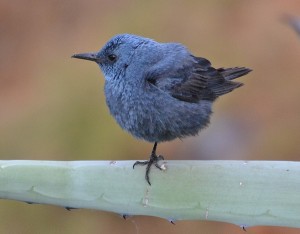
But his paternal grandmother had the unusual surname “de Porto”, Henk Hin tells ECO123. And this is how he tells the story: over 150 years ago, a Portuguese sailing boat ran aground in the north of Holland. The crew drowned in the storm. Only two of the sailors managed to reach safety on his island. They said that they were from Porto and then the two of them stayed in Holland. Now, eight generations later and with 3% Portuguese blood in his veins, Henk “de Porto” Hin has returned to where he imagines his roots to be.
Animals and plants love the places where they are at home, he says. That’s where they breed and where they often spend their whole lives, that’s where they are indigenous and where they put down roots. We humans need greater sensitivity, be it for geckos, kestrels and snakes, or for flamingos, butterflies and chameleons. For Henk Hin, the wild orchids in the Algarve hinterland were love at first sight. He says that ecology should be taught at school, respect for the plant and animal world. Not touching, just looking. Henk Hin moves carefully between the rocks and sometimes by sunrise he’s already close to his animals. It is the magic of the light. There’s no region in Portugal with light like the Algarve. The geckos love coming out and sunning themselves in such light. And when it gets colder, they hide and go to sleep.
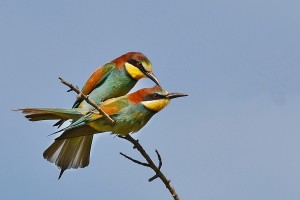
With the arrival of autumn, the first rains fall and another year nears its end. We must understand that nature, flora, fauna and humans too live in cycles, he says. Natural growth is based on give and take, in permanent renewal; something that humans can only experience in the biotope of nature. Not only in the Algarve.
 Eco123 Revista da Economia e Ecologia
Eco123 Revista da Economia e Ecologia

